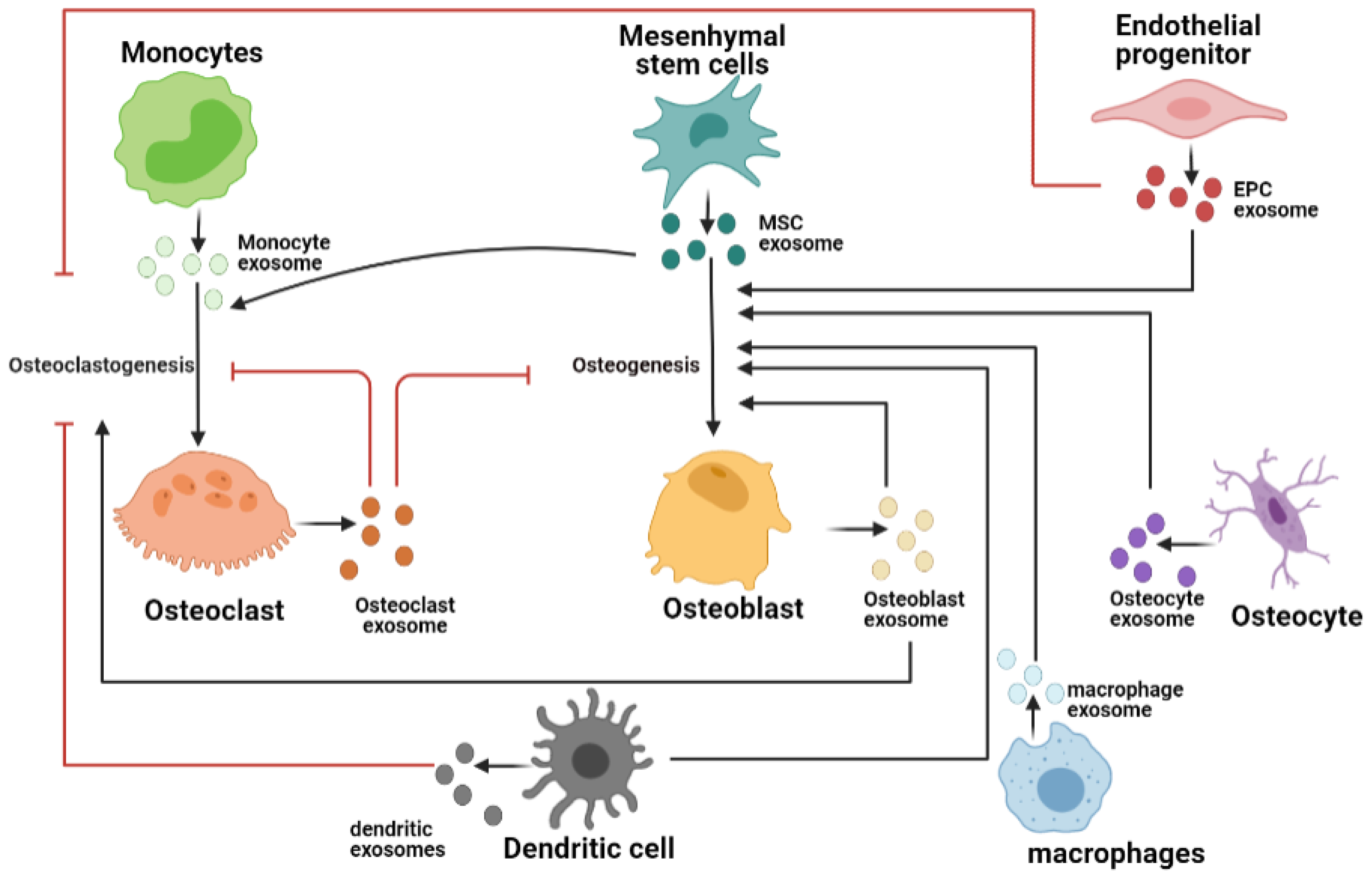Bone Tissue Exosome Research and Application
- Multi-platform exosome isolation technologies to ensure purity and vesicle integrity.
- Dual-platform integration of mass spectrometry and next-generation sequencing for multi-omics profiling.
- Proven expertise in handling bone tissues and primary cells from various species and models.
- End-to-end workflow from isolation and analysis to functional validation and reporting.
- Flexible project customization to accommodate diverse research objectives and budget levels.
- Evaluating the osteogenic potential of exosomes in 3D scaffolds and biomimetic materials.
- Designing exosome-based regenerative biomaterials.
- Profiling osteoclast-derived exosomes in disease models and assessing their inhibitory effects on bone formation.
- Exploring miRNA-mediated signaling pathways.
- Identifying inflammation-related regulators in macrophage- or dendritic cell-derived exosomes in conditions such as rheumatoid arthritis.
- Investigating how tumor-derived exosomes remodel the bone microenvironment.
- Discovering novel diagnostic and therapeutic targets.
- Studying MSC-derived exosomes in promoting bone repair and elucidating their regulatory mechanisms in skeletal tissue engineering.
Bone tissue exosomes are nanoscale vesicles secreted by various bone-resident cells, including osteoblasts, osteoclasts, osteocytes, and mesenchymal stem cells (MSCs). These vesicles are rich in biologically active molecules—such as proteins, lipids, miRNAs, and other non-coding RNAs—and play pivotal roles in bone homeostasis, metabolic regulation, and intercellular communication within the bone microenvironment.
Recent studies have demonstrated that bone-residing cells utilize exosomes to establish intricate signaling networks. Osteoblast-derived exosomes promote lineage-specific differentiation of stem cells, whereas osteoclast-derived exosomes contribute to the inhibition of bone formation. Moreover, immune cells such as monocytes, dendritic cells, and macrophages also participate in bone metabolism via exosome-mediated pathways. These insights are reshaping our understanding of skeletal biology and opening new avenues for Bone Tissue Exosome Research and Application in both basic science and clinical translation.

Vig, S. et al. BIOMID. 2022.
Figure 1. Schematic of Exosome-Mediated Bidirectional Communication Among Bone Tissue Cells
With cutting-edge platforms and extensive experience in bone sample processing, MtoZ Biolabs provides end-to-end solutions for Bone Tissue Exosome Research and Application that support researchers in deciphering bone metabolic regulation and disease mechanisms.
Services at MtoZ Biolabs
To facilitate comprehensive and high-quality investigations in Bone Tissue Exosome Research and Application, MtoZ Biolabs offers the following customizable services:
✅ Exosome Extraction and Purification
Utilizing ultracentrifugation, density gradient separation, and immunoaffinity-based methods tailored for various bone tissues and cells (e.g., osteoblasts, MSCs, bone marrow).
✅ Characterization and Quality Control
Including particle size analysis (NTA), morphological validation via TEM, and exosomal marker detection (e.g., CD9, CD63, CD81, TSG101) by Western blot or mass spectrometry.
✅ Omics Profiling
High-throughput LC-MS/MS and RNA-Seq for in-depth analysis of exosomal proteins, miRNAs, and long non-coding RNAs to uncover functional pathways.
✅ Functional Validation Assays
Including uptake experiments and cellular assays (e.g., osteogenesis/osteoclastogenesis induction) to assess biological effects of bone tissue exosomes.
✅ Bioinformatics Analysis
Comprehensive data interpretation including differential expression, pathway enrichment, transcription factor prediction, and target network construction.
Why Choose MtoZ Biolabs?
At MtoZ Biolabs, we deliver high-performance support for Bone Tissue Exosome Research and Application, with advantages that include:
Applications
Bone Tissue Exosome Research and Application has demonstrated wide-ranging potential across research and translational medicine, including:
1. Bone Regeneration and Tissue Engineering
2. Osteoporosis and Bone Metabolic Disorder Mechanisms
3. Exosomal Biomarker Discovery for Inflammatory Bone Diseases
4. BoneTumor and Bone Metastasis Research
5. MSC-Driven Osteogenic Differentiation
FAQ
Q1: How does exosome extraction differ between bone and cartilage tissues?
Cartilage contains abundant collagen and proteoglycans, requiring a mild but effective enzymatic digestion (e.g., collagenase plus hyaluronidase). Bone tissue demands optimized homogenization and centrifugation to release interstitial exosomes efficiently. Our protocols are specifically adapted to each tissue type.
Q2: Can exosomes from the bone-cartilage interface be analyzed together?
Yes. We support region-specific sampling and integrated omics analysis with biomarker enrichment strategies to investigate signaling crosstalk and joint disease mechanisms at the bone-cartilage interface.
Q3: How can the activity of tissue cells be preserved for accurate Bone Tissue Exosome analysis?
In Bone Tissue Exosome Research and Application service, maintaining tissue integrity is essential. We recommend immediate pre-cooling post-collection and using RNase/protease inhibitors to prevent degradation. MtoZ Biolabs also offers standardized preservation and transport solutions to ensure sample quality and data reliability.
Q4: Is it possible to perform both transcriptomic and proteomic analysis on the same exosome sample?
Absolutely. We offer a unified platform supporting parallel miRNA-seq, lncRNA-seq, and proteomic profiling, followed by cross-omics bioinformatics to reveal the multifaceted functions of bone tissue exosomes.
Bone Tissue Exosome Research and Application is driving breakthroughs in skeletal biology, regenerative medicine, immune modulation, and disease biomarker discovery. Whether your goal is fundamental research, clinical translation, or biomaterial development, MtoZ Biolabs is equipped to support your research with precision and efficiency.
How to order?







